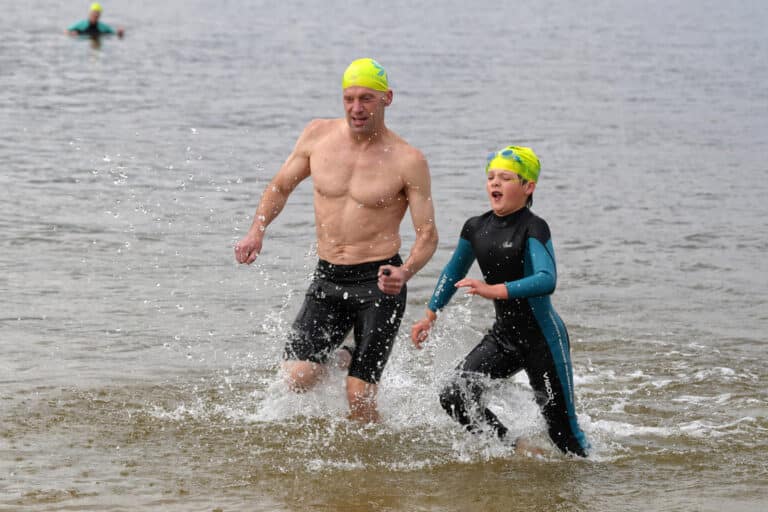by Sam Powell
It’s spring, and with the warmth comes the need to drink (and not just socially). Hydration is one of the most important moderators of fitness out there. Most climbers and other athletes have explored many kinds of hydration methods. Some dilute their Gatorade to one thousandth of its actual strength, some use specialized electrolyte mixes, and some swear by straight and simple water. Here’s the lowdown on the various potables out there that may or may not keep you hang-dogging in the heat this season.
First, let's get to the bottom of this nagging question: Do sports drinks such as Gatorade and Power-Aid hydrate you, or do the large amounts of sugar they contain do more harm than good? According to the National Athletic Trainers’ Association, sports drinks do have beneficial effects, but only if the exercise lasts longer than one hour and if carbohydrate amounts-in the form of glucose, sucrose, or starch-do not exceed 8% per liter. For activities lasting less than an hour, adding carbohydrates and electrolytes such as those found in sports drinks to your workout will not have any more effect than consuming plain water, according to the American College of Sports Medicine. As long as you're spending at least a few hours on the rock, feel free to slop down as much neon colored liquid as you can get your grubby paws on.
What about good ole’ fashioned water? In order to stay hydrated, you should maintain adequate water intake for 24 hours before a workout, and then consume seventeen ounces of water two hours before exertion to promote hydration. During the actual exercise period, athletes should consume approximately four ounces of water every fifteen minutes. The best water temperature for optimum absorption is slightly colder than the ambient air temperature. Just remember, if you’re throwin’ down for more than an hour, add some carbohydrates to your routine to fight off fatigue. And don’t drink too much water either. A condition called hyponatremia can result in serious illness from lack of sodium, causing brain cells to absorb water and swell.
So how about those other liquid refreshments? Sodas, caffeinated or not, have more than 8% carbohydrates, which makes them limit the amount of water your intestines can absorb. Those that also fall into the no-no category are most fruit juices. And what about our favorite barley drink? The alcohol in beer is a diruetic, which means it makes you go to the bathroom more and retain less water. Depending on who you ask and what time of the night it is, it may be a worthy tradeoff.
Since this is a list of all the possible hydration types, there’s one more that needs to be discussed: Urine. Urine is mostly water with urea and some minerals mixed in, and when fresh, it is completely sterile and, unfortunately for marooned sailors and climbers alike… potable. Just don’t drink it often. While it’s not necessarily bad for you, it might cause you to lose some climbing partners.
If you want to know precisely how much go-go juice you used for your day, measure your weight before and after your workout. If you weigh less, drink more. If you weigh more, drink less or climb harder. So pick your poison, and go drink it.






